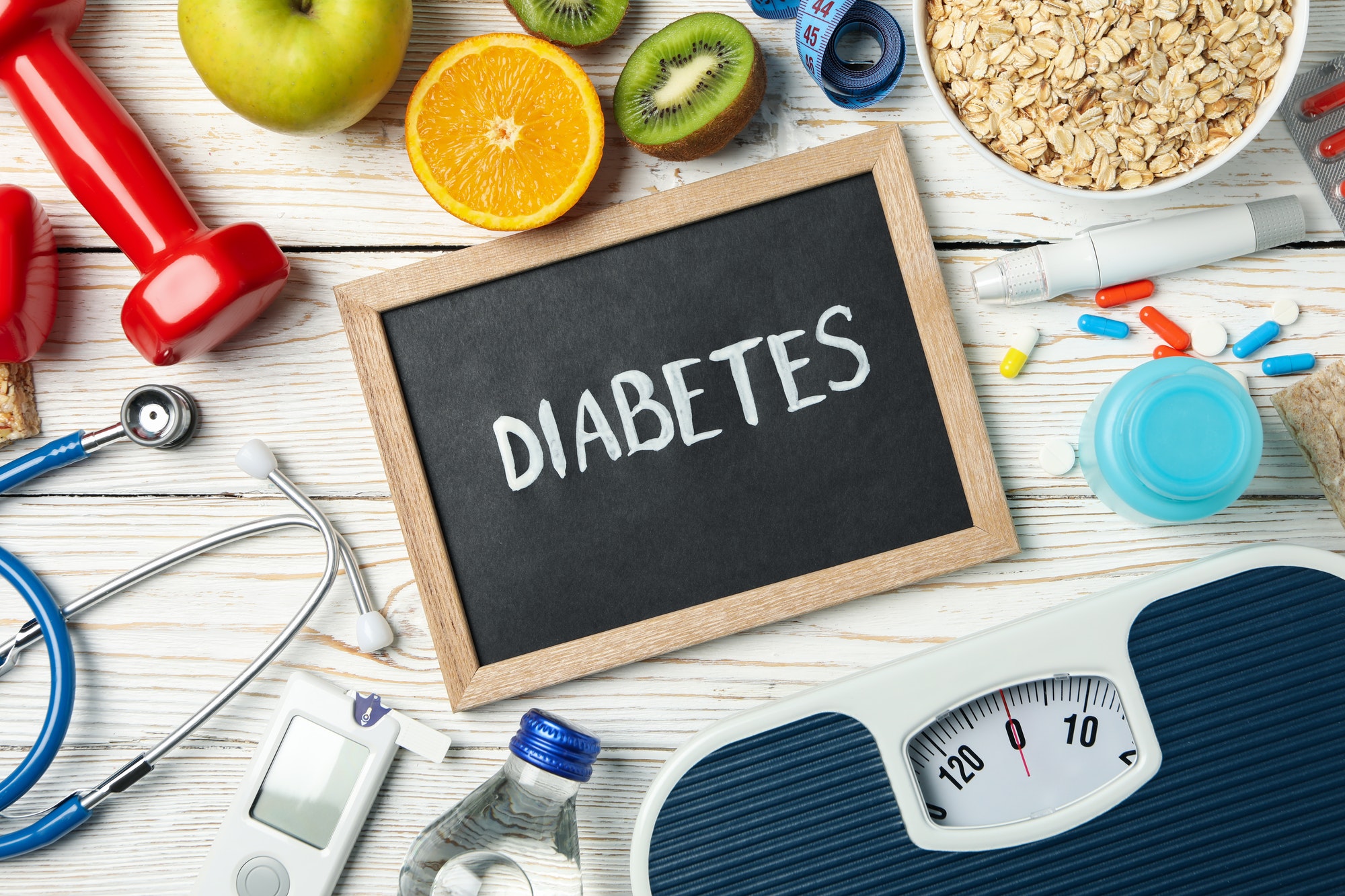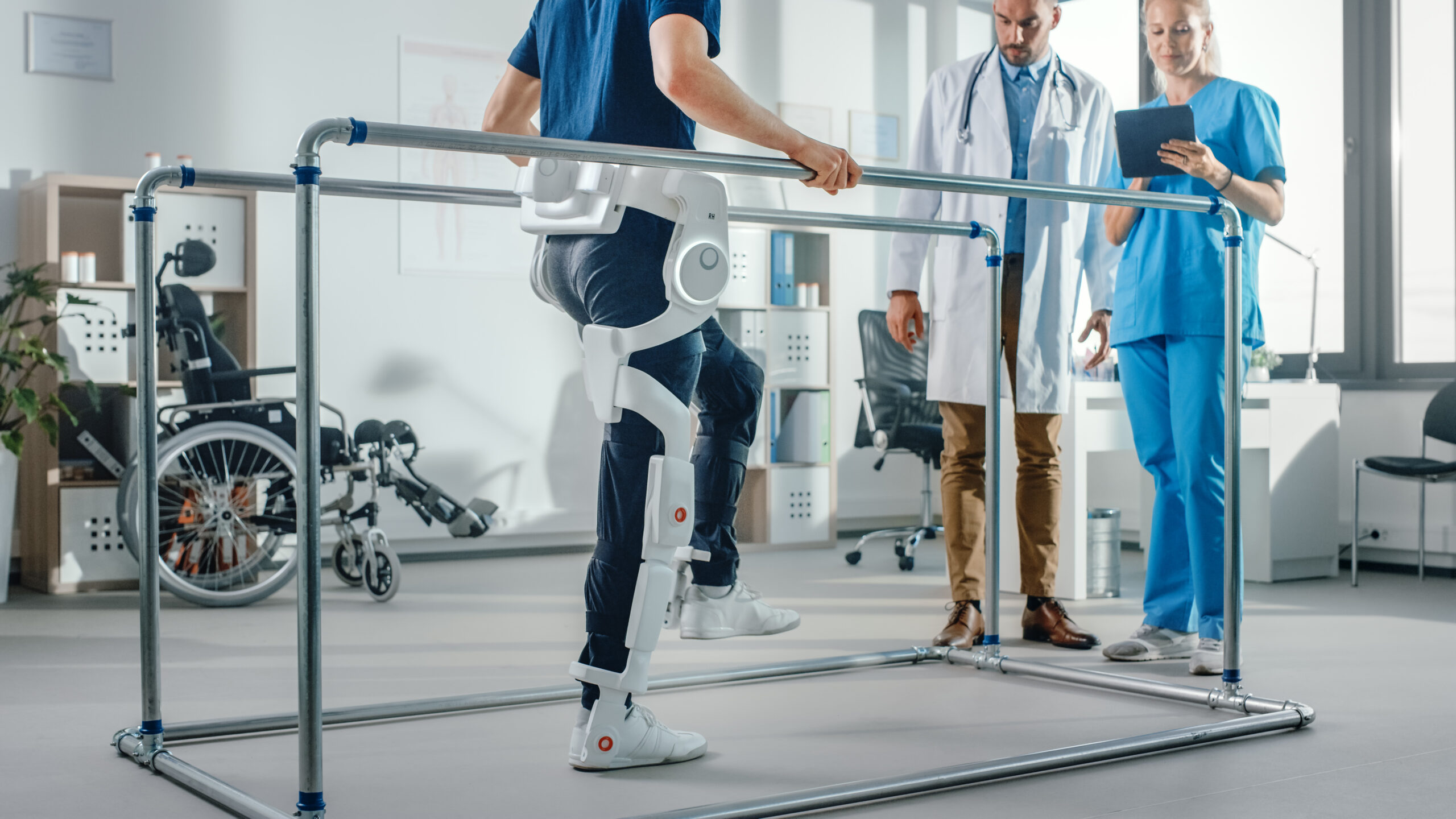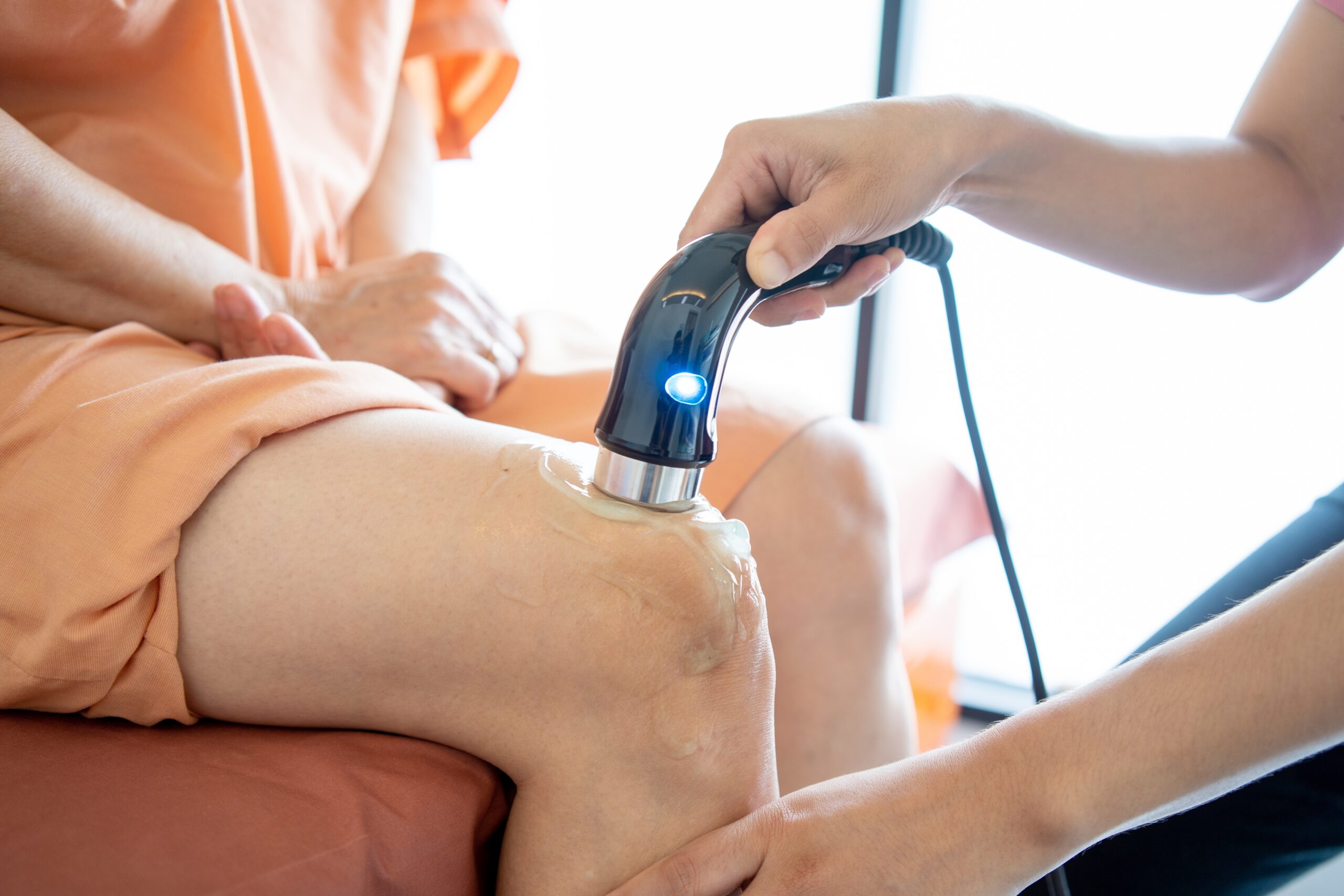Continuous Glucose Monitoring (CGM) technology has emerged as a game-changer in diabetes management, providing real-time insights into blood sugar levels and trends. It offers individuals with diabetes a proactive approach to monitoring their glucose levels, enabling better control and informed decision-making. Let’s delve into the world of CGM and its significant impact on diabetes care:
Understanding Continuous Glucose Monitoring (CGM)
- Functionality: CGM systems consist of a sensor placed under the skin, continuously measuring glucose levels in the interstitial fluid. The sensor transmits data wirelessly to a receiver or smartphone, displaying real-time glucose readings.
- Advantages over Traditional Glucose Monitoring: Unlike traditional fingerstick tests that provide periodic readings, CGM offers continuous and trend data, providing a comprehensive view of glucose fluctuations throughout the day and night.
Benefits of CGM Technology
- Improved Glycemic Control: Access to real-time data helps individuals make informed decisions about insulin dosing, diet, and exercise, leading to better glycemic control and reducing the risk of hypo or hyperglycemia.
- Early Detection of Trends: CGM systems detect trends and patterns in glucose levels, enabling users to anticipate and prevent potential high or low blood sugar episodes.
Types of CGM Systems
- Intermittently Scanned CGM (isCGM): This type of CGM requires the user to manually scan the sensor with a reader or smartphone to obtain glucose readings.
- Real-Time CGM (rtCGM): rtCGM continuously displays glucose readings on a receiver or smartphone without the need for manual scanning.
Initiating and Using CGM
- Sensor Placement: CGM sensors are usually placed on the abdomen or upper arm. Proper insertion and adherence to the manufacturer’s guidelines are essential for accurate readings.
- Data Interpretation: Understanding glucose trends, patterns, and alerts provided by the CGM system helps users adjust medication, meals, or exercise routines accordingly.
Addressing Challenges and Maximizing Benefits
- Accuracy and Calibration: Calibration and sensor accuracy are vital. Users should follow calibration instructions and be aware of factors that might affect sensor accuracy.
- Adherence and Integration: Consistent use and integration of CGM data into diabetes management routines are crucial for reaping the full benefits of CGM technology.
Future of CGM and Diabetes Management
- Advancements in Technology: Continuous advancements in CGM technology, including improved accuracy, smaller sensor sizes, longer wear times, and integration with insulin pumps and artificial pancreas systems, continue to enhance diabetes care.
- Accessibility and Affordability: Efforts are ongoing to make CGM technology more accessible and affordable for a broader population of individuals with diabetes.
Conclusion
Continuous Glucose Monitoring has transformed diabetes management, empowering individuals with real-time insights to make informed decisions, leading to better glycemic control and improved quality of life. With its continuous advancements and integration into diabetes care, CGM technology remains a cornerstone in the pursuit of effective diabetes management strategies. It is recommended to consult healthcare professionals for guidance on initiating and utilizing CGM effectively as part of a comprehensive diabetes management plan.








